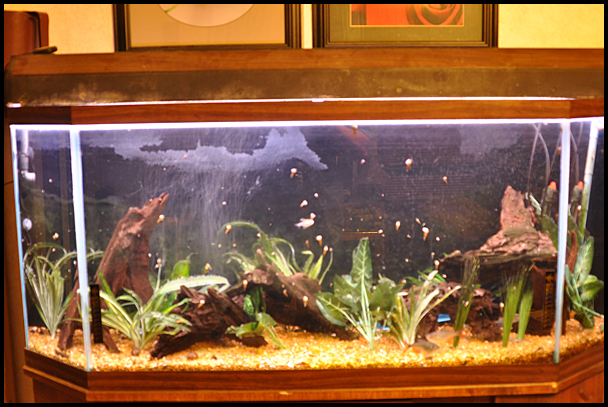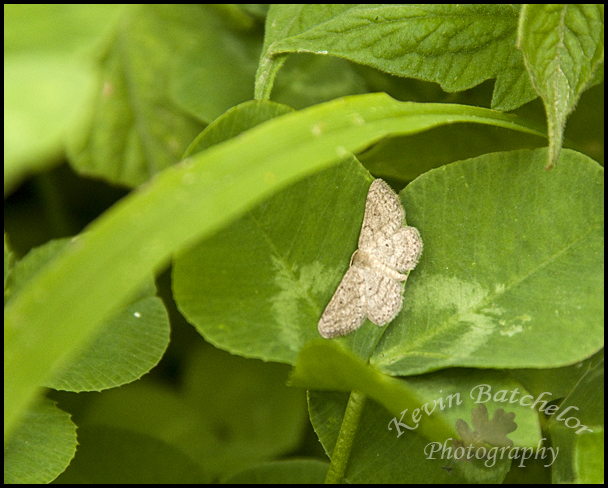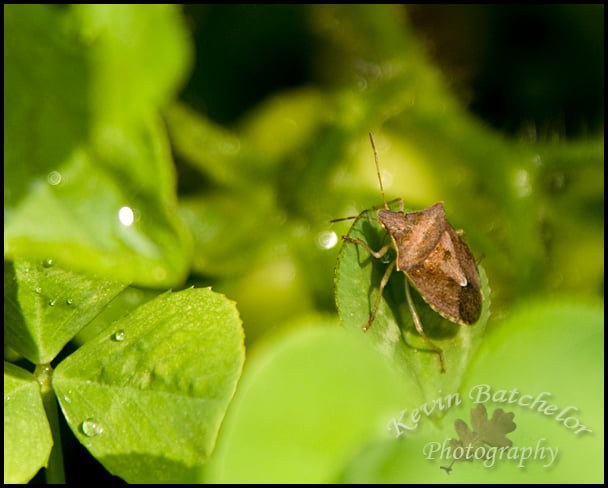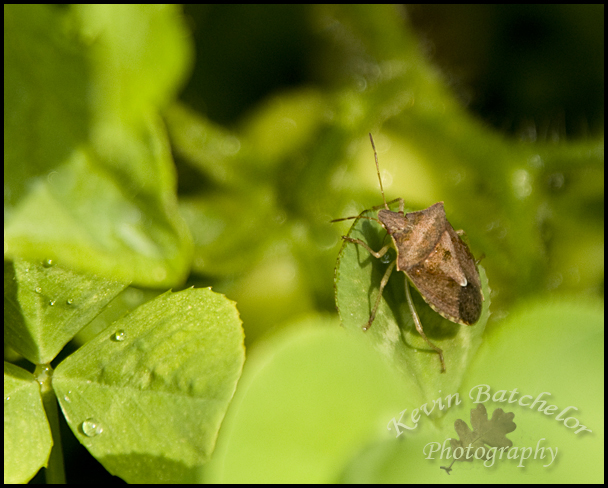gemmy
Active Member
Quote:
Originally Posted by Southern Wolf http:///t/391680/photography-school/40#post_3476522
Ok... I am going to leave this up to those of you who are following this thread because if you don't want to participate in this next idea I have then it will be useless.
I have thought about changing my camera settings from RAW to JPG. This way I don't have to process the images (aside from shrinking for web use). Then take a series of images that are off. I'll post them up and ask ya'll what settings needed to be changed to get the correct exposure or DOF and why. This will build on what has already been discussed. It will also get you to thinking about the settings (shutter, aperture, ISO) and how they relate to each other.
Do you want me to start doing a series of test images?
Go for it. I'll try.
Originally Posted by Southern Wolf http:///t/391680/photography-school/40#post_3476522
Ok... I am going to leave this up to those of you who are following this thread because if you don't want to participate in this next idea I have then it will be useless.
I have thought about changing my camera settings from RAW to JPG. This way I don't have to process the images (aside from shrinking for web use). Then take a series of images that are off. I'll post them up and ask ya'll what settings needed to be changed to get the correct exposure or DOF and why. This will build on what has already been discussed. It will also get you to thinking about the settings (shutter, aperture, ISO) and how they relate to each other.
Do you want me to start doing a series of test images?
Go for it. I'll try.













